Vibration Phantom™ Installation
The Phantom™ Vibration Sensor is the best vibration monitoring sensor in the market with the capability to measure up to 6,400 resolution lines. Here we will talk about the sensor configuration and more, if you want to know more about the Phantom™ system, visit our Vibration Monitoring System section.
1.- MACHINE INSTALLATION
To achieve the correct vibration analysis it is crucial to know how the sensor is placed in the machine. The vibration sensor contains a triaxial accelerometer that measures vibration in three axes at the same time. The sensor also has an engraving on its front face that indicates the position of these axes. It is important to define the position of the sensor before its configuration in DigivibeMX®.
The image below shows a Phantom™ Vibration Sensor placed on a three-phase motor. We can also see that the Z-axis is parallel to the axial axis of the motor; the Y-axis corresponds to the vertical axis, and the X-axis is orthogonal to the other two and corresponds to the horizontal axis of the motor. This means that in DigivibeMX® we should use the following configuration: H for the X-axis, V for the Y-axis, and A for the Z-axis.
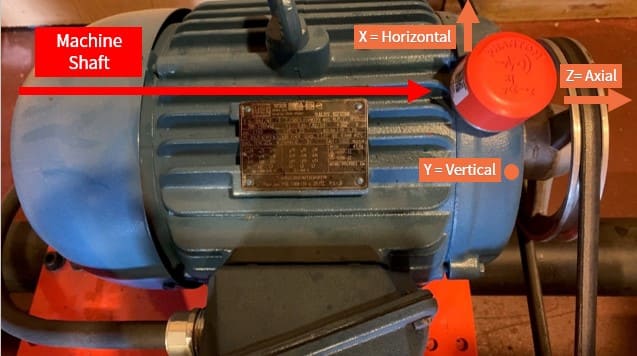
Another possible configuration would be to place the sensor in a plane transverse to the machine axis. For this configuration the values to be used should be as follows: H for the Y-axis, V for the X-axis, and A for the Z-axis.
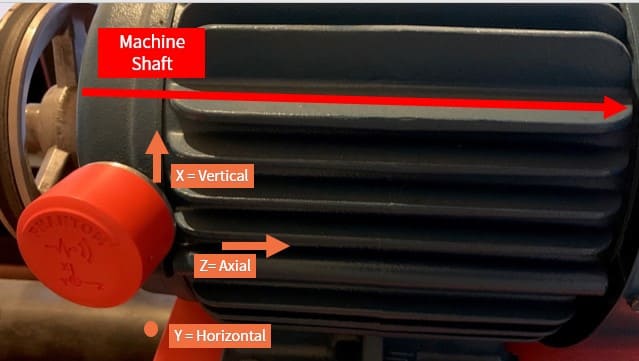
2.- DIGIVIBEMX® CONFIGURATION
Here we will help you with the first configuration and setting of these Sensors. We will cover just the general configuration settings. For a more specific installation visit the Phantom™ System Setup.
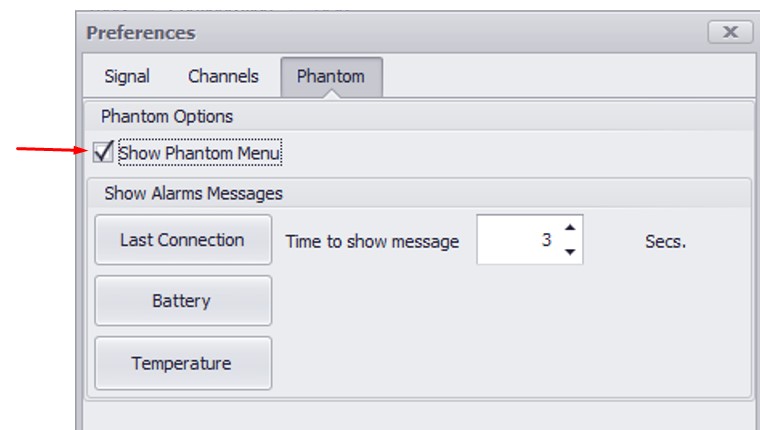
The Phantom Configuration Wizard screen opens in a new window. Select Add Phantom. Following we need to add our phantom device, in the Select Phantom window we have the next options: Option A allows us to manually enter a phantom code, and with option B we can scan the phantom QR code.
Add Phantoms
Manually

Scanning the QR code
(PC, laptop, or tablet computer camera required): Click the QR Code Reader button. The Code Bar Reader window opens.
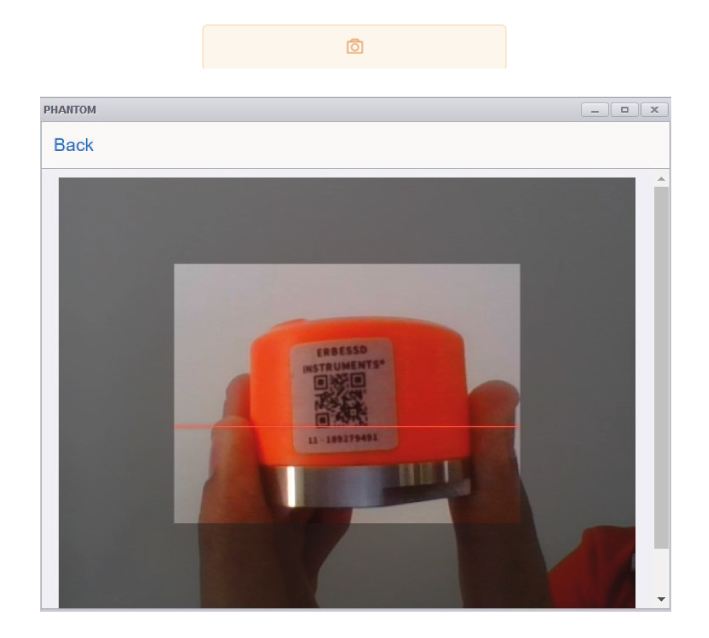
Select the desired camera from the Device dropdown list. Position the QR label in front of the camera – squarely and close enough to be clearly read. The Code Bar Reader window will automatically capture the image, momentarily turn green, and document the sensor when it has read the QR code. It will then close automatically, and the scanned sensor will appear in the Phantoms added section.
Naming and configuration
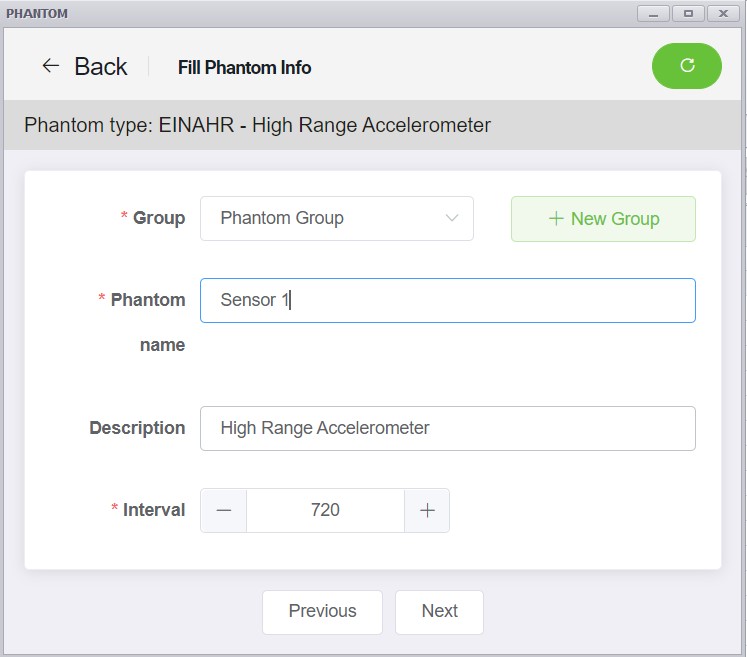
We can organize ur phantom devices with the following tools:
- With the group box, we can select a previously group name from the list or tye a new one to create a group:
- In the name box, we can select a name for our device o to simplify the phantom identification:
- On the description box, we select what kind of phantom are we using:
- At least the Interval Send data establishes the sensor’s collection interval. The minimum value for data collection is 10 minutes, and the maximum is 1,440 minutes (1 day).
Once you’re finished click next.
Assign device
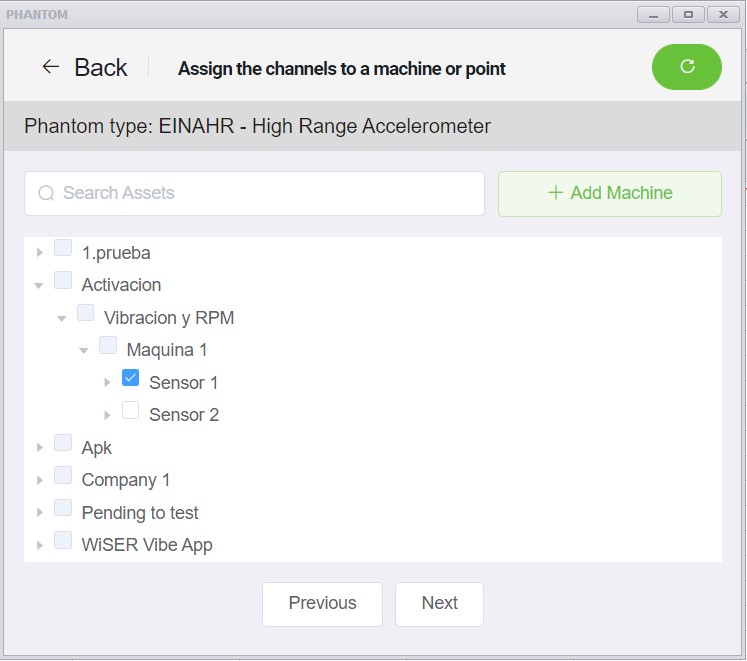
Set the Axis and Alarms
Next, we have the set Phantom™ alarms window. This window has two options, the “Axis configuration”, and the “Sensor Alarm”.
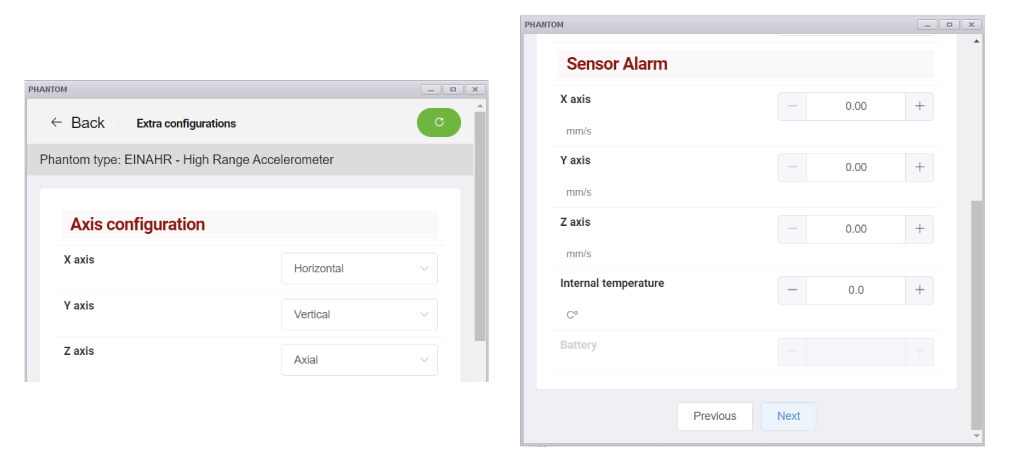
Next, we have the set phantom alarms window. This window has two options, the Axis configuration, and the alarms.
In the Axis configuration, we select a value for each phantom axis, we can set horizontal, vertical, or axial from the displayed list.
In alarms, we can set a preset RMS and temperature threshold. If the alarm value is exceeded, the sensor will immediately wake and send an unscheduled data collection.
Completing Phantom™ Configuration
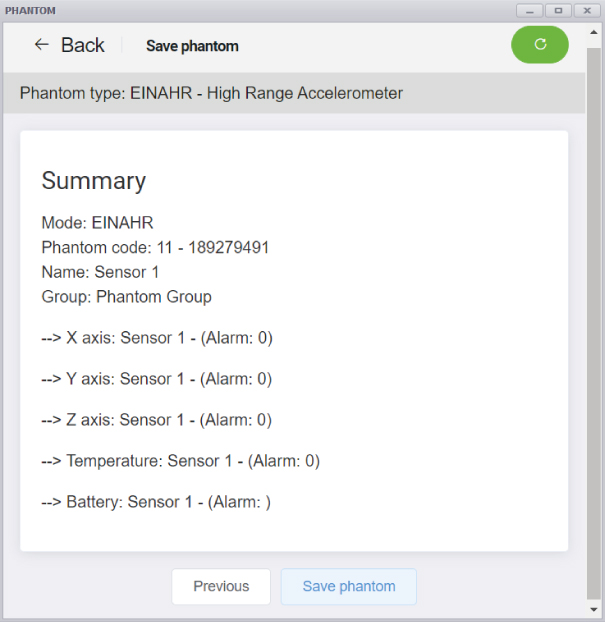
3.- VIBRATION SENSOR’S MAIN FREATURES
- Wake up on high vibration levels to send data and alarms.
- Configurable Alarm interval and Programmable Internal RMS Trigger.
- Built-in integrator, it can internally calculate velocity parameters for alarms.
- Full waveform and spectrum data.
- Selectable Recording time 1s / 2s / 4s / 8s / 16s
- Configurable Measurement Interval
- Speed + Vibration Integration
- Configure your sensor using your mobile
- IP67 Design for protection from liquid and dust
Condition Monitoring & Industrial Automation | Modbus
4.- PHANTOM™ MANAGER
Node Update

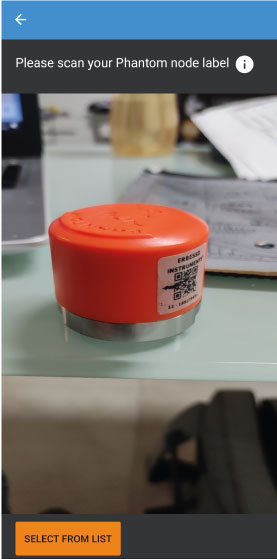
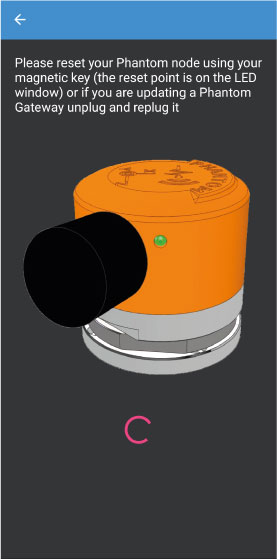
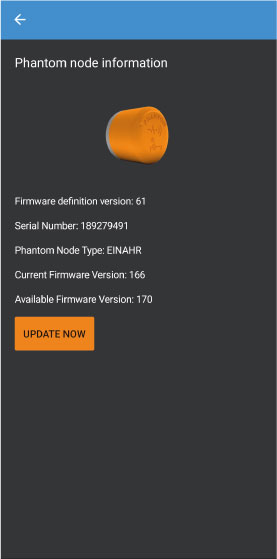
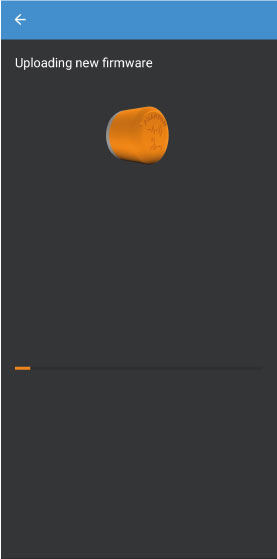
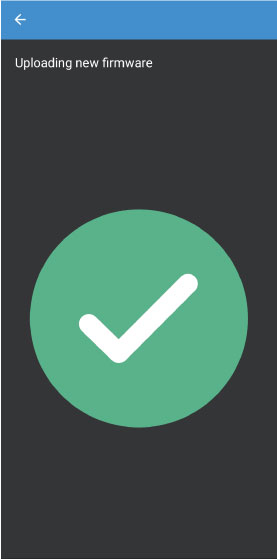
Once you access to “Node Update” option, the app will ask you to scan for the sensor’s QR label. You can do this or choose the “Select from list” option. The latter will find all of the sensors available that have been restarted or that the “Enable permanent incoming connections” feature is active.
Then you will be asked to restart the sensor with the magnetic key. In the next screen the app will show you the Phantom’s basic information. If the orange button says “Update now” that means that a new firmware is available.
Wait for the new firmware to load on the sensor. You will be notified with a green checkmark.
Node Config

Max Transfer Power
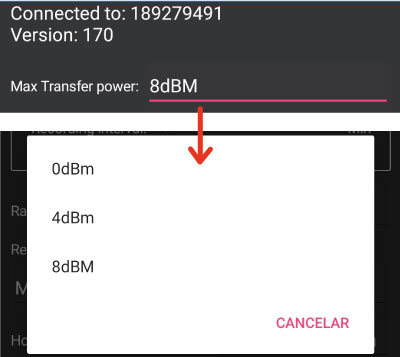
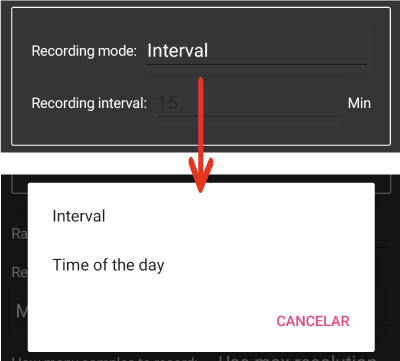
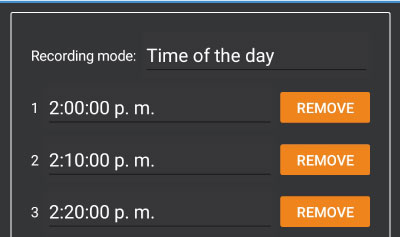
Recording Mode
Range
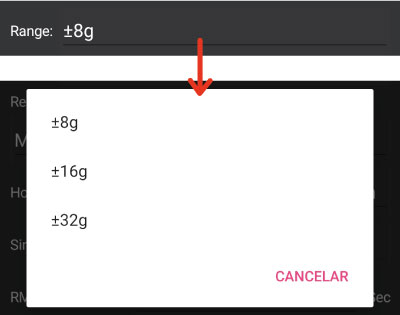
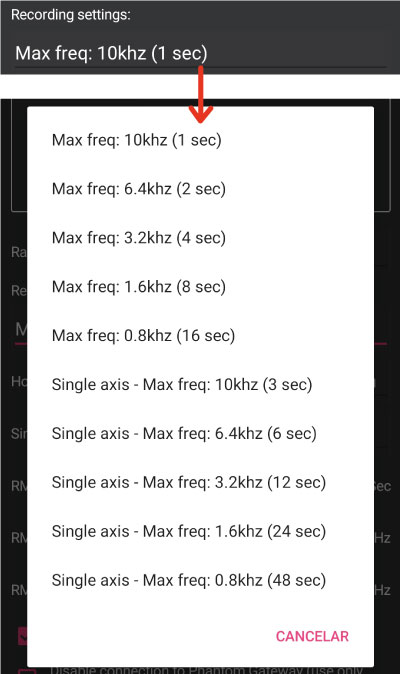
Recording Settings
How Many Samples to Record & Singles Axis Selection
“How many samples to record” allows you to change the duration of a recording taking into consideration two factors:
- Max resolution: Records enough time to be able to create the FFT. For 10Khz (1 sec) signals, it records approximately 0.6 sec.
- Max memory: Records the full time selected in the recording settings.
“Single axis selection” allows you to choose one of the axis to record once that the respective “Recording Settings” is selected. You can also choose to record all axis but one after the other.
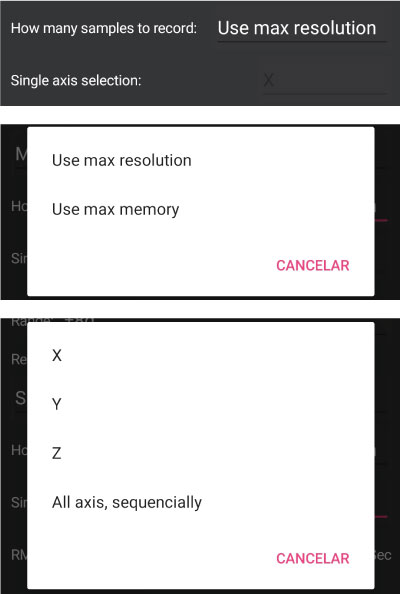
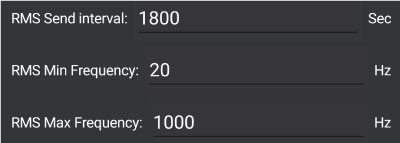
RMS Settings
Phantom™ sleep mode settings
- Enable permanent incoming connections: Allows for the Phantom™ to always be active for on demand requests with WiSER Vibe Pro App (this setting has a greater battery consumption and is not suitable for ATEX or Gen 2 sensors).
- Disable connection to Phantom™ Gateway: Allows the Phantom™ to enter into an inactive mode. This Phantom™ won’t send any information until this configuration is changed or that you use WiSER Vibe PRO to request data.

How to integrate my RPM sensor with the Vibration Phantom™?
It is possible to link your vibration sensor with the RPM speed module. With this tool a vibration measurement will be triggered when it detects that the RPM number is within a previously configured range.
To enable this function we have to enter the RPM module settings with the Phantom™ Manager application. First we select NODE CONFIG from the main menu.
We can then scan the QR code or select the Phantom™ code from the list.
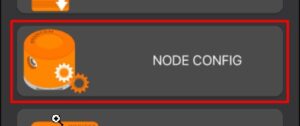
Scan Phantom™ node label
Select from list
Scan the QR code and then reset the sensor with the magnetic key. This will give us access to the settings.
Reset the sensor with the magnetic key and the code will appear in the list, click on CONNECT to access the settings.
Phantom™ settings
Once we are in the configuration window we can view the Activation Groups section.
In Activation interval we specify how much time should pass for a vibration sensor to reactivate, in case the RPM stays within the activation range.
Now we select ADD ACTIVATION GROUP and a new configuration box will open.
In this box we have to determine the RPM range for which the vibration sensor measurement will be activated. We enter the minimum and maximum speed for the range.
With the three orange buttons we can add the vibration sensor we want to link, either by scanning (BARCODE), selecting from the list (BLUETOOTH) or typing the serial number manually (MANUAL).



We can add more than one sensor to the activation group and add more than one activation group if we need different speed ranges.
To delete a sensor in the activation group, click on the REMOVE button. If we delete all sensors in an activation group, this one will be deleted when saving the configuration.
To save the configuration press the SAVE button and the sensors will now be linked.
Download the Phantom™ Manager application.
MEET OUR PHANTOM VIBRATION SENSOR’S
- Phantom Expert or EPH-V11 is a Triaxial Wireless Vibration Sensor.
- Able to send 3 simultaneous FFT and Time waveform recordings at once.
- It can internally calculate velocity parameters for alarms.
- 100,000 measurements.
- Measurement range up to 32G.
Learn more »
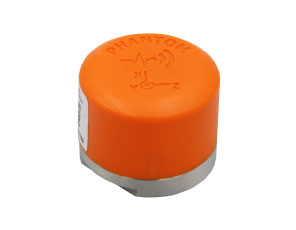
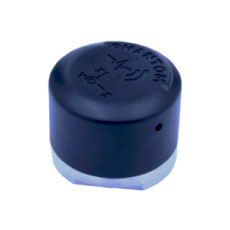
- Phantom EPH-V10 is a High Sensitivity Wireless Vibration Sensor.
- Able to send 3 simultaneous FFT and Time waveform recordings at once.
- 100,000 Measurements.
- Selectable measurement range up to 8G
- Low spectral noise (130 µg/√Hz).
Learn more »
- Same specs as the Vibration Phantom but now with ATEX Class II Certification!
- Able to send 3 simultaneous FFT and Time waveform recordings at once.
- Selectable measurement range up to 32G
- CR2032 battery.
- 12,000 measurements
ATEX Certificate of Conformance
Learn more »
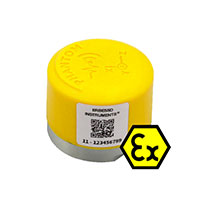
PHANTOM EXPERT (HIGH RANGE) – FIRMWARE 162
Bug Fixes
Solved issue when spectrum showed peaks after recording from WiSER Vibe or Phantom Manager.
Added default settings as follows:
- Max Transfer Power: 8 dBm
- Dynamic Range: 8G
- Interval Send Data: 3600 minutes (6 hours)
- Recording Settings: Max Fq 10kHz (1sec)
- Samples to record: Use max resolution
- RMS send interval: 3600 sec (1 Hour)
- RMS Calculation: Min 10Hz – Max 1000 Hz
- Enable permanent incoming connections: Disabled
Disable connection to Phantom gateway: Disabled









